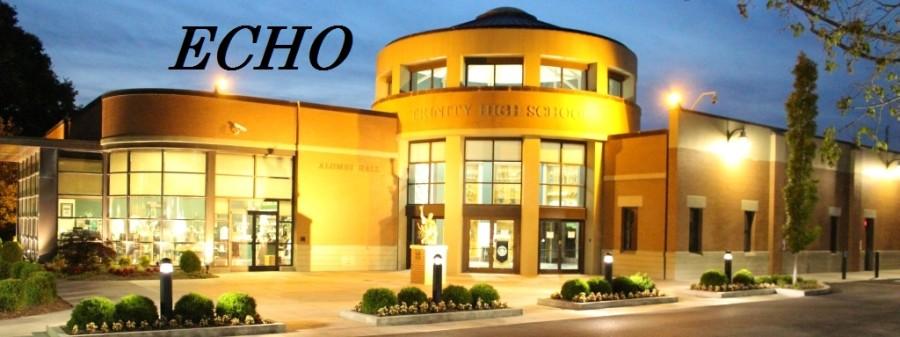Every morning the sun rises on a 21 st century full of people who love movies. What is it about watching movies that has us all going back again and again? A group of people, many of whom do not know each other, gather in a darkly lit room to stare at a lighted screen for multiple hours. Not only that, but they pay for the privilege to do it. When explained in this way, movie going sounds incredibly stupid. So why do we do it? Why do we freely give our money and time to a bunch of images we can’t touch or take with us out of the theater? On top of that, why do movies fill us with excitement and incite us to feel for people and things that are not real? The answer is an astonishingly simple one. We are a species of story. Every day you wake up and live your life, you are part of a story. We’re always the star of our story, but like guest stars and recurring characters on television shows, we enter, affect and exit the lives of everyone around us. We live our own stories and all the things we feel are caused by what happens in our and other people’s stories. Characters are merely versions of us and everyone we know. We are the hero and the sidekick is our best friend. We know exactly who the mean girlfriend is and who the villain is (in our lives and on screen). The life we live, the people we know, and the things we experienced are personified by the actors on screen. When Bruce Willis is dropping bad guys in “Die Hard,” we get a rush because whether or not we realize it, we feel like it’s us defeating Alan Rickman and his cronies. A movie is merely a window into another kind of story. A movie is a story that we do not, and may never, live ourselves. Yet we put ourselves in the characters on screen. We see Tom Cruise fail in a movie like “Jerry Maguire,” and we remember what it felt like when we failed in our own lives. We relate our life stories to the stories on screen and enter into a give and take with the person who crafted the film. Through the lives and feelings of characters, storytellers offer us messages and lessons that we can choose to leave or take. It is this technique and fact that allows filmmakers to leave us with images that inspire and haunt us the rest of our lives. It’s why we cheer when Rudy’s hard work finally pays off. It’s why we laugh when Seth Rogan or Will Ferrell make a joke about a subject we can relate to. It’s why we (and I use the term we loosely) cry at the end of “Titanic.” It’s why the hairs on our neck stand on end when we watch “The Exorcist” or “Texas Chainsaw Massacre.” It’s why we can celebrate humanity after watching a film like “Ghandi” and why we can condemn it after seeing “Schindler’s List.” It’s why Indiana Jones becomes the personification of our heroes and Hannibal Lector becomes the reality of our nightmares. It’s why anyone can call any movie good or bad and be right. This is the difference between good and bad movies. Bad movies are exactly what they appear to be on the surface. They take our time and money and give us nothing back in return. It’s the movies we label as good that inspire us and bring us into the mind and world of the storyteller behind the camera. They may be artsy films that cause us to ponder life or summer blockbusters that allow us, if only for a moment, to escape from the all too scary realities of the world we live in. The terms “good movie” and “bad movie” may be subjective, but no matter who you are or what life you live, they all share a common denominator. The bad movies are the ones that leave us empty. The good movies are the ones that make us, if only for that hour in the dark, whole. These are the movies that color our dreams and plague our nightmares. These are the movies that remind us of humanity’s capacity for good and evil. These are the movies that give us ideas and incite us with every emotion imaginable. These are the movies that keep us coming back to the theater. These movies are the reason we love the movies.
Categories:
Why We Love Movies
March 10, 2009
0



